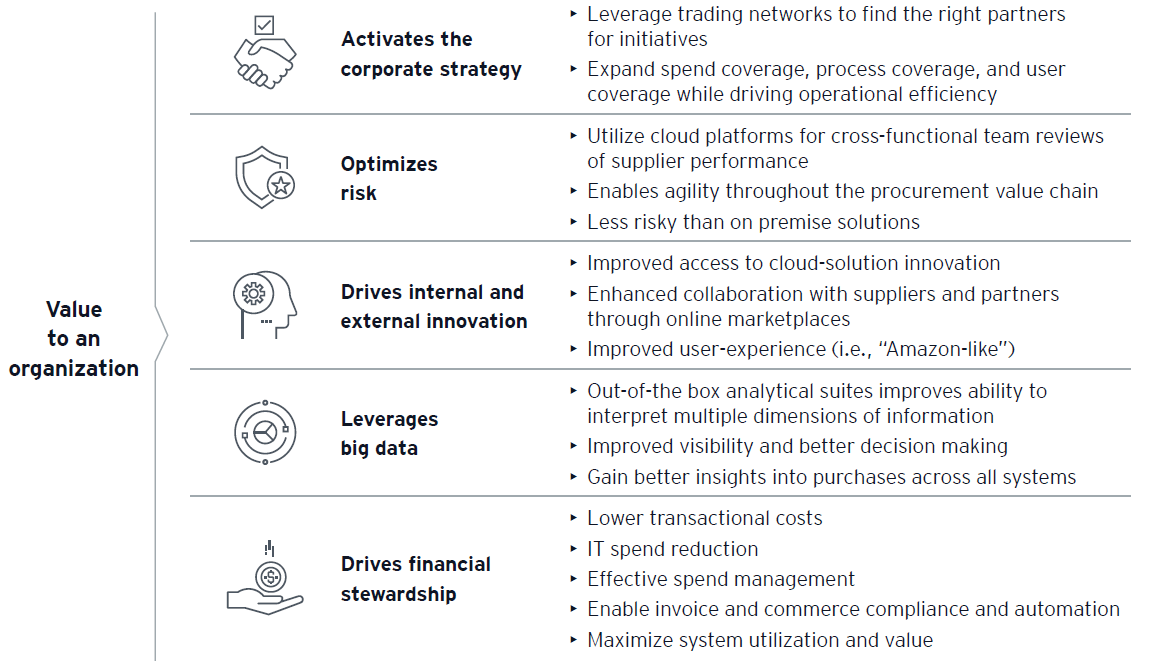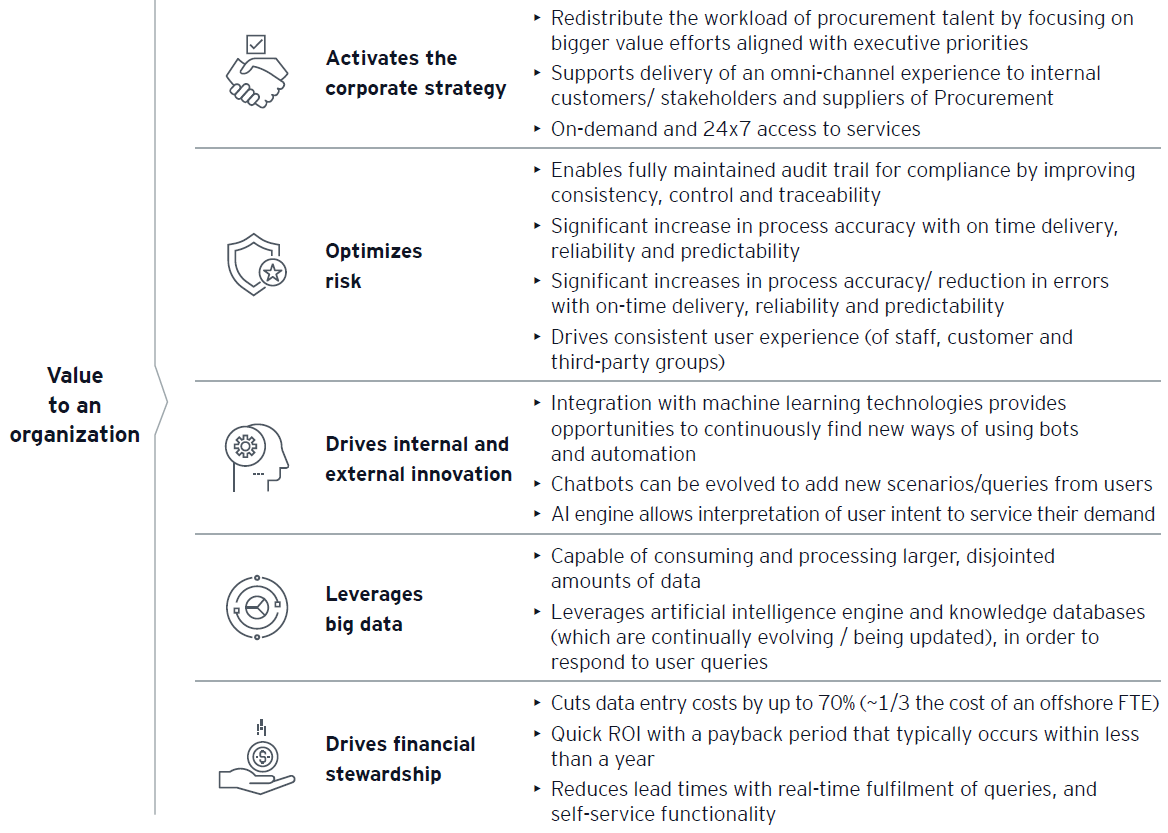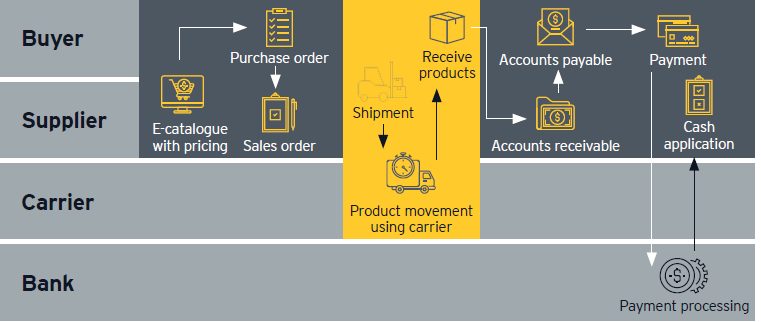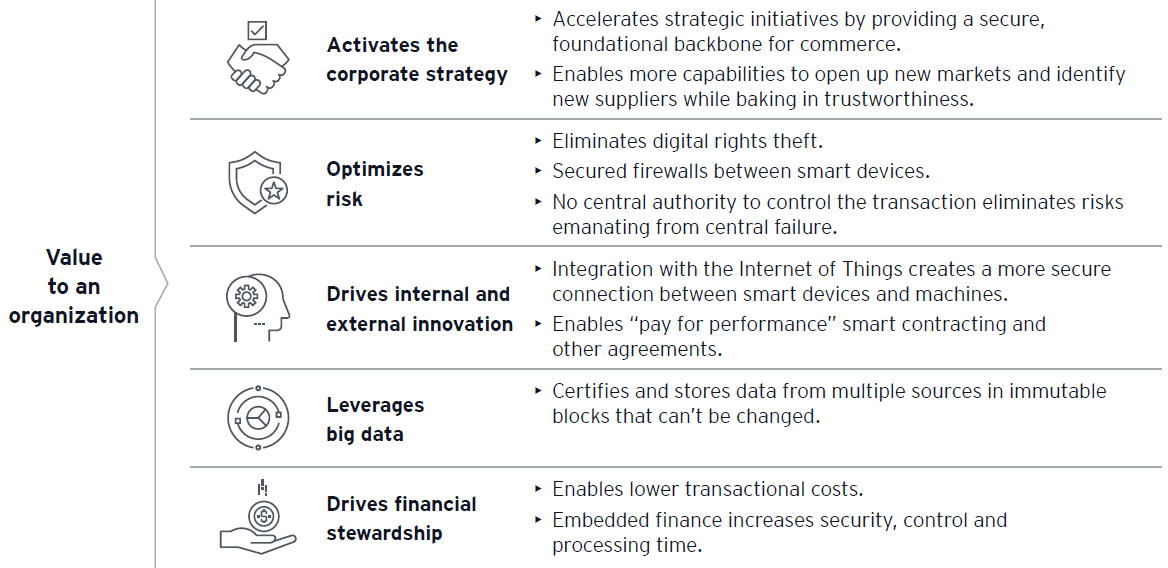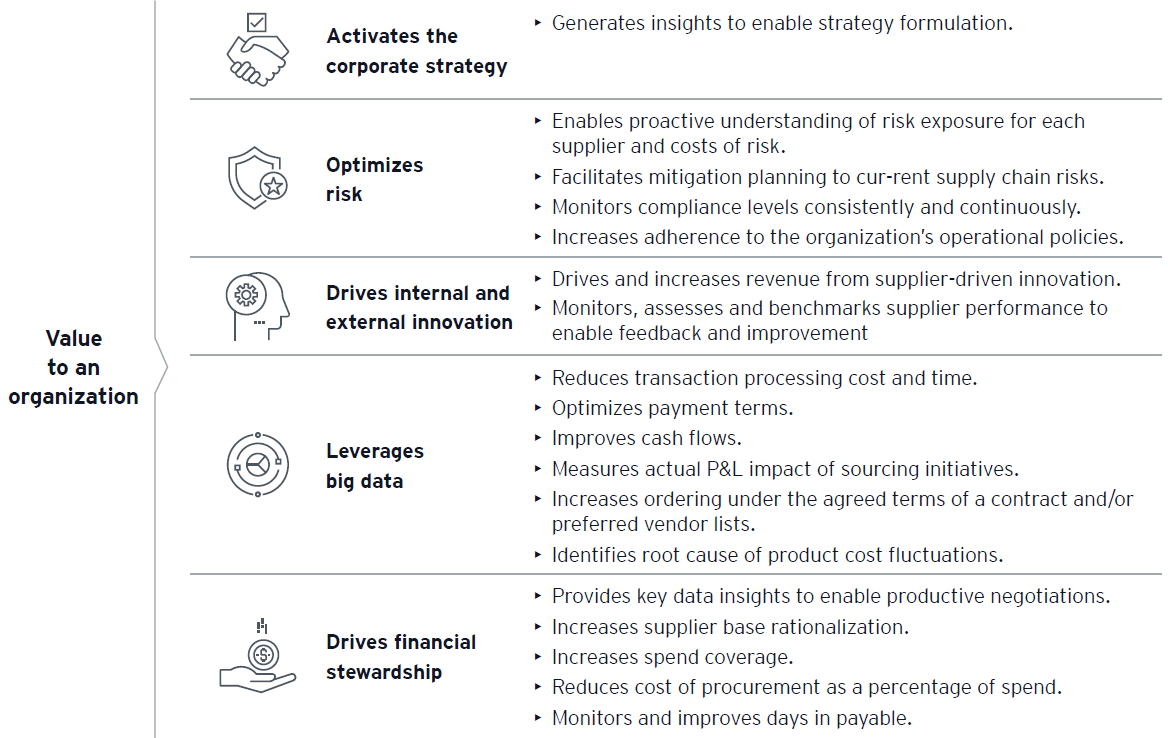EY refers to the global organization, and may refer to one or more, of the member firms of Ernst & Young Global Limited, each of which is a separate legal entity. Ernst & Young Global Limited, a UK company limited by guarantee, does not provide services to clients.
How EY can help
-
Discover how EY's intelligent automation team can help your business implement a holistic view of automation, process & service improvement with our intelligent automation consulting services.
Read more
Intelligent automation
Intelligent automation (IA) can be used to automate high-volume, complex and/or multi-step data handling actions, in addition to capturing and interpreting existing applications and triggering responses with other systems. For example, chatbots — rules-based service powered by artificial intelligence — can converse in human terms and inject key information, intelligence and online services as the organization requires.





